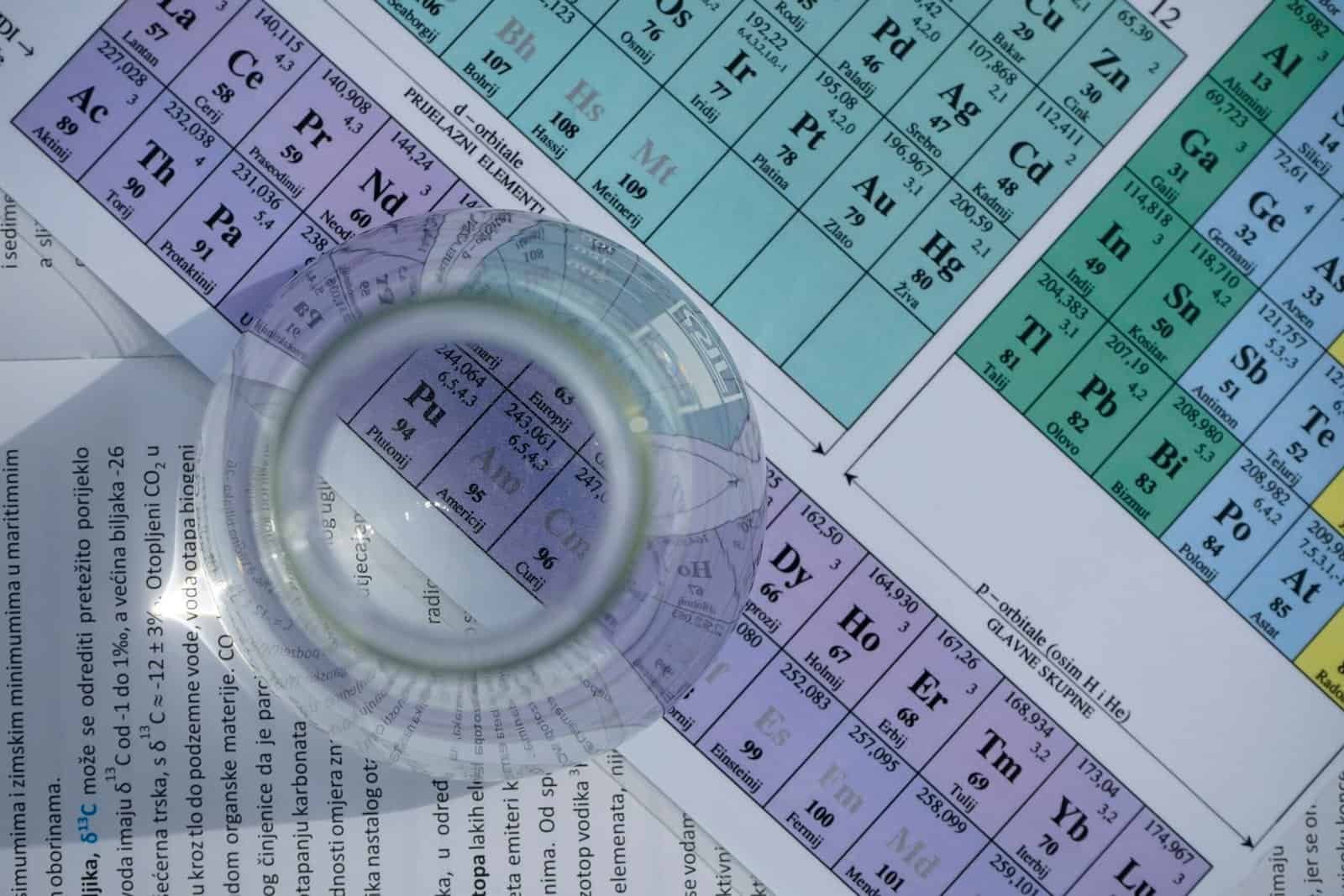Have you ever wondered if your well water is as safe as it looks? Owning a well can be rewarding in terms of autonomy and cost-saving, but it also comes with responsibilities, especially in making sure your water is safe to drink. Contaminants like E. coli can pose serious health risks, and knowing how to check for them can grant peace of mind and ensure the safety of your household.

Understanding E. Coli
Before delving into testing for E. coli, it’s important to know what it is and why it matters. E. coli, or Escherichia coli, is a type of bacteria commonly found in the intestines of humans and animals. While most strains are harmless, some can cause illness, especially certain types known as pathogenic E. coli.
Why Is E. Coli in Water Concerning?
Contamination with E. coli in water usually indicates fecal contamination, which can also mean the presence of other harmful microorganisms like viruses, bacteria, and protozoa. These can lead to severe gastrointestinal illness and other health problems. Symptoms can include diarrhea, stomach cramps, nausea, and vomiting. For vulnerable groups such as young children, the elderly, and those with weakened immune systems, the risks are even higher.
Signs Your Well May Be Contaminated
Often, contaminated water does not change in taste, smell, or appearance, so don’t rely on your senses alone. However, some indicators may suggest potential contamination:
- Your well is located near animal farms or septic systems.
- Recent heavy rainfall or flooding in the area.
- Noticeable changes in your water’s clarity or sediment levels.
- Illness in your household without other obvious causes.
The Importance of Regular Well Water Testing
Having a private well means you are responsible for the quality of your water. Regular testing is the only way to ensure that it remains safe and free from contaminants like E. coli.
How Often Should You Test Your Water?
Authorities recommend testing your well at least once a year for bacteria like E. coli and more frequently if you suspect a problem. Testing is especially important after:
- Flooding in your area.
- Repair or replacement of any part of your well system.
- Changes in taste, odor, or appearance of the water.
- Any new illnesses in your household that coincide with water use.
Testing Your Well Water for E. Coli
When it comes to checking your well water for E. coli, there are several options available.
Hiring a Professional
The most reliable way to test your water is by hiring a certified laboratory. These labs use specific methods to detect the presence of E. coli and provide accurate results. They often handle both sample collection and testing, keeping the process efficient and error-free.
DIY Water Testing Kits
Alternatively, you can use a home testing kit. These kits, typically available online or at home improvement stores, usually include instructions for collecting a water sample and testing it yourself. While convenient and quick, DIY kits are generally less accurate than professional testing, and it is always recommended to confirm any positive results through a certified lab.

Sampling Procedure
Proper sampling is crucial to obtaining an accurate test result. Poor techniques can lead to contamination and false results.
Steps for Collecting a Water Sample:
- Choose the Right Faucet: Select a faucet close to the well or pressure tank, avoiding those with hoses or filtration systems attached.
- Clean the Faucet: Remove aerators and clean the faucet with a sanitizing solution. Allow the water to run for several minutes to flush the system.
- Collect the Sample: Use a sterile container provided in your testing kit or by the lab. Avoid touching the inside of the container or lid.
- Secure and Label the Sample: Close the container securely and label it with pertinent information like date and time of collection.
- Keep it Cool: Place the sample in a cooler with ice packs if you are sending it to a lab to ensure it stays fresh.
Possible Sources of Error
- Using unsterilized equipment or containers.
- Sampling from hoses or faucets with filters.
- Delays in sending the sample to the lab.
Understanding Your Test Results
Once you have completed your testing, understanding the results is crucial.
Interpreting Lab Results
Lab results will typically be presented as the presence or absence of E. coli.
- Absent: Indicates no E. coli was detected, and the water is possibly safe for consumption.
- Present: The presence of E. coli indicates the water is contaminated and not safe for drinking without treatment.
Using DIY Test Kit Results
Home test kits might show results in color changes. Carefully follow the instructions in your kit to interpret these changes accurately.

What to Do If Your Water Tests Positive for E. Coli
If your well water tests positive for E. coli, do not panic but take immediate action.
Steps to Take:
- Stop Drinking the Water: Use bottled or boiled water for drinking and cooking to avoid illness.
- Shocking the Well: A common method is to “shock” the well with chlorine bleach, which disinfects the water. Follow proper guidelines to ensure effectiveness.
- Professional Help: Consider hiring a professional to investigate the source of contamination and recommend solutions.
- Re-testing: After treatment, have your water re-tested to confirm it’s free from contamination.
Long-term Prevention
- Regular maintenance of your well.
- Seal any potential entry points for contaminants.
- Properly dispose of animal and human waste.
Maintaining Your Well Water Quality
After addressing any contamination issues, maintaining the quality of your well water is key.
Routine Maintenance Tips:
- Inspect the Well Cap and Cover: Ensure they are secure and in good condition.
- Regular Testing: Continue to test annually, or more frequently if necessary.
- Preventative Measures: Install a well water treatment system if recurring issues arise.

Conclusion
Keeping your well water safe from contaminants like E. coli requires vigilance and routine care. Regular testing, proper sampling, and timely actions are your primary tools for maintaining water quality. With knowledge and diligence, you can protect your health and enjoy the benefits of well ownership. Remember, the right response to any contamination is essential in preventing health risks and ensuring long-term safety.
